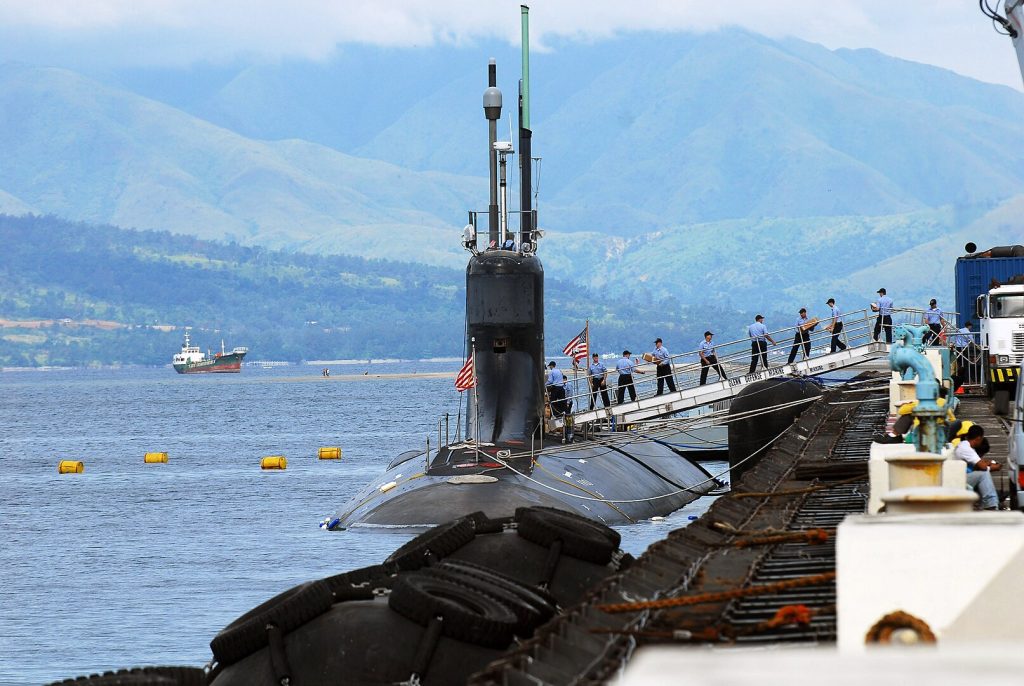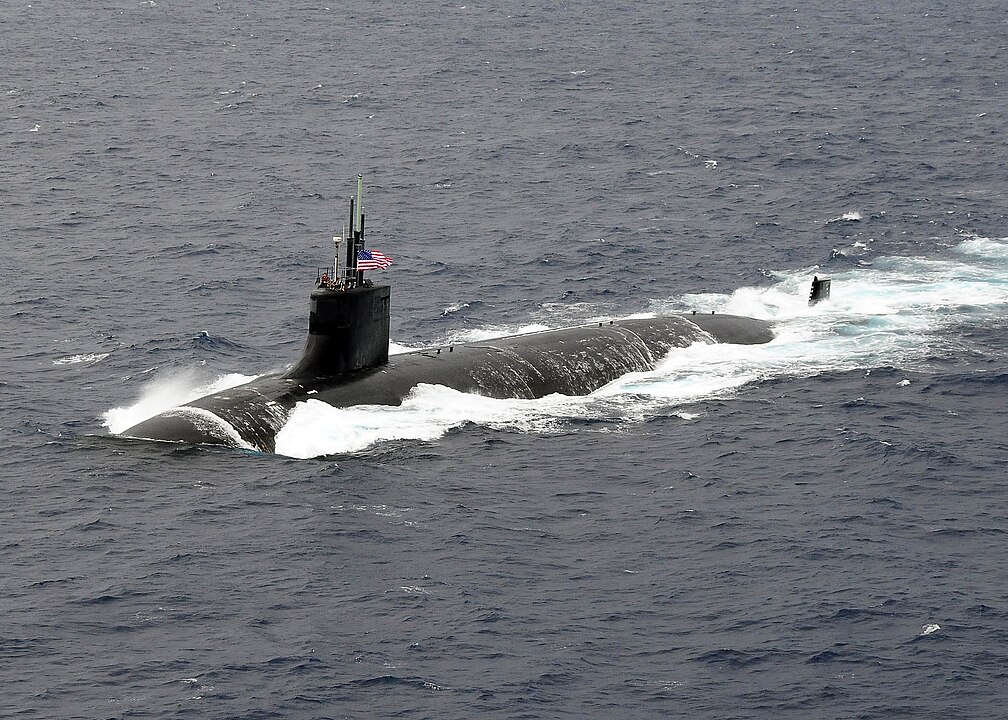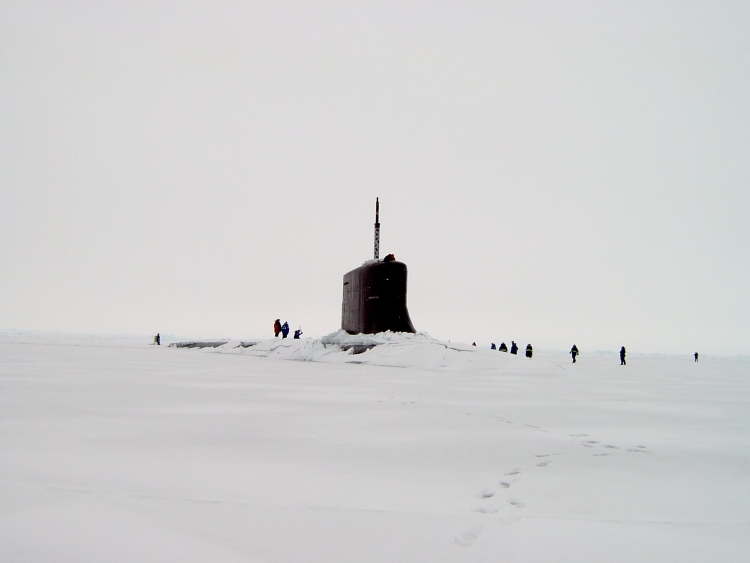
The USS Connecticut, one of the U.S. Navy’s most advanced Seawolf-class attack submarines, sustained significant damage after striking an uncharted seamount in the South China Sea in October 2021. This sophisticated and costly vessel, designed for stealth and equipped with cutting-edge technology, was rendered out of action by the underwater mountain, illustrating the inherent risks of deep-sea navigation.

The official report released by the U.S. Navy in May revealed a series of errors in navigation planning, watchteam execution, and risk management that failed to meet the stringent standards of the U.S. Navy.

The incident, according to the report, could have been avoided through “prudent decision-making and adherence to required procedures in any of these three areas.”

The South China Sea, where the collision happened, is known for its difficult underwater terrain, with around 100,000 seamounts emerging from the seabed.

The USS Connecticut, often likened to a “luxury sports car” of underwater vessels due to its sophisticated capabilities, encountered difficulties during the incident.

It took the chief of the watch 11 minutes to correctly ascend toward the surface, during which he “restored the trim pumps by pumping from one vented auxiliary tank to another,” and subsequently “pumped approximately 100,000 pounds of water overboard” to deballast the vessel.

Despite the Seawolf-class submarine’s technological prowess, its stealthy mission near China’s most advanced naval facility on Hainan Island may have been a factor contributing to the mishap.

Prior to the crash, “At least one sailor detected sonar readings that were not matching the navigational chart of the undersea area.” However, this information was not reported to the commanding officer, who was not on duty at the time.

The incident underscores the sophisticated A2/AD capabilities developed by China to deter U.S. Navy power projection in the region.

China’s military has developed a robust anti-access/area denial (A2/AD) capability designed to stunt the U.S. Navy’s power projection into regions of the world that Beijing covets, such as the South and East China Seas as well as the Taiwan Strait.

Amid speculation, alternatives have been suggested, such as the possibility of China employing advanced detection systems, like their 6G Terahertz Tracking and XL unmanned underwater vehicles (UUVs), to monitor American submarines.

Advanced technologies such as lasers and Synthetic Aperture Radar, coupled with a hypersonic torpedo, have also been mentioned as potential threats to U.S. underwater assets.

This accident has spurred the Navy to improve training and certification to avert similar occurrences.

However, with the USS Connecticut not expected to return to service until at least 2026, the U.S. Navy must reckon with the challenges posed by sophisticated adversary capabilities and the unforgiving nature of undersea operations.

As tensions escalate, the need for vigilance and strategic countermeasures to ensure the effectiveness of America’s submarine fleet becomes increasingly crucial.
Relevant articles:
– Why Did Seawolf-Class Submarine USS Connecticut Slam Into an Underwater Mountain?, The National Interest
– How a Stealth Seawolf-Class Submarine Crashed Into an ‘Underwater’ Mountain, The National Interest
– How could the USS Connecticut sub crash into an undersea mountain?, Navy Times

